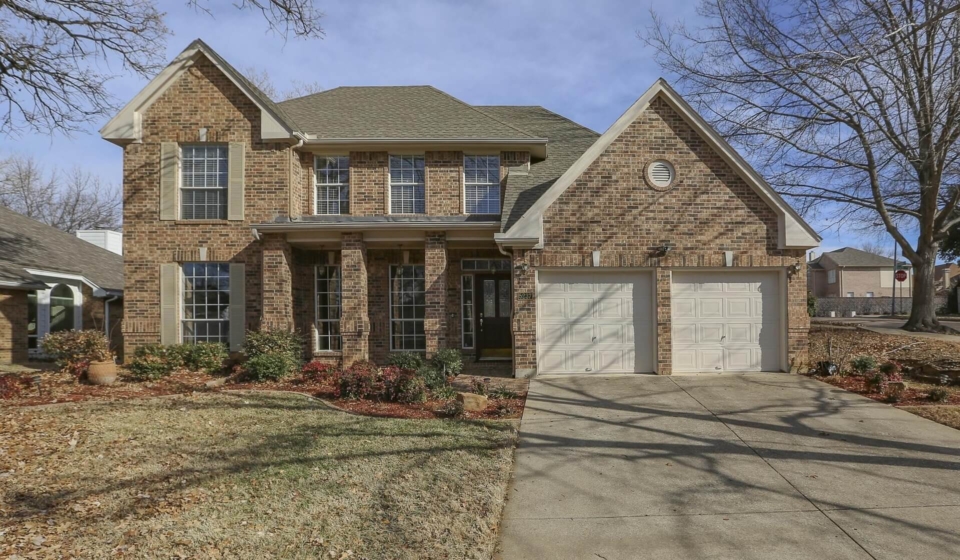Most Liberal Cities in Arizona
Arizona, a state in the American Southwest, is renowned for its breathtaking scenery, extensive cultural heritage, and cities with a variety of political ideologies. Arizona is known for being a conservative stronghold, but it also has a handful of communities that tilt more toward progressive ideals. The 14 most liberal cities in Arizona, listed from least to most liberal, will be examined in this article.
We include variables such voting trends in previous elections, representation in local government, social initiatives, and the existence of institutions with a liberal bent.
If you’re looking to move to Arizona, make sure to also check out our moving to Arizona checklist!




















